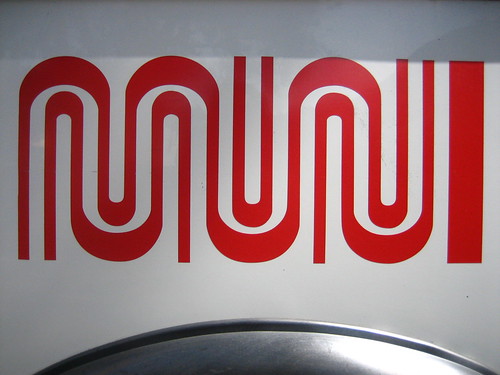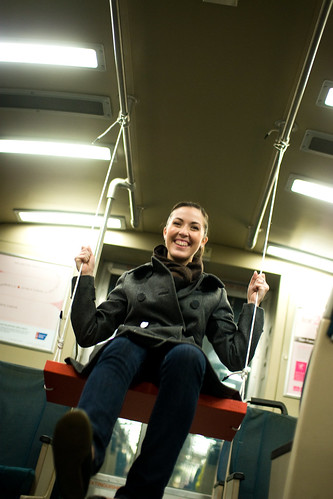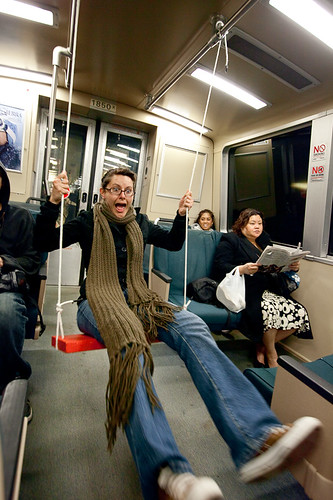(Source: SF Gate)

Image Courtesy: Apture
The San Francisco Municipal Transportation Agency’s chief operating officer handed in his resignation today, an announcement that comes in the wake of two high-profile accidents involving city streetcars.
Kenneth McDonald said he will give up his post effective Oct. 9.
“I promised when I came here that I would give three years,” McDonald told The Chronicle. He said Oct. 9 is his three-year anniversary with the agency.
McDonald said he is proud of his accomplishments and those of his operations team during his tenure, citing improvements in on-time performance, vehicle availability, safety and training. The number of missed runs is down and discipline for problem operators has been toughened.
“We have done an excellent job in improving operations,” he said.
McDonald would not say whether the recent accidents, in particular a collision between two Metro trains at the West Portal Station July 18 in which nearly 50 people were injured, played into his decision to leave.
The resignation was in the works prior Monday evening’s crash in the Castro District that involved two historic streetcars and an SVU, according to several city officials.
Nathaniel Ford, Muni’s executive director, praised McDonald and downplayed any suggestion that his top operations manager was being forced out. Ford steered clear of laying blame on McDonald for the recent collisions, or two others last year involving rail vehicles that sent several people to the hospital.
In the July 18 incident, local, state and federal investigators are looking at why the operator of the Metro streetcar that slammed into another one turned off the automatic train control system prior to the collision, an apparent violation of Muni policy. The driver told investigators he blacked out before the crash.
In Monday night’s incident, it appears that another Muni rule was violated when a historic streetcar collided with an SUV, which then plowed into another historic streetcar on the F-line. Muni policy calls for streetcars to travel at least 250 feet apart. The crash near Market and Noe streets injured six people, none seriously, officials said.
Click here to read the entire article.












